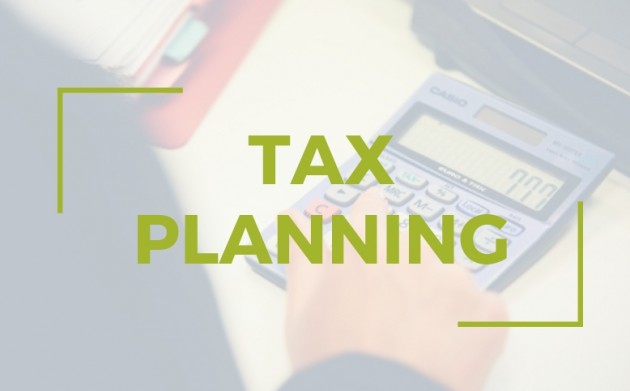Tax Planning - Minimising the High Income Child Benefit Charge
The substantial increase in the higher rate threshold to £50,000 is good news for many taxpayers. However, that same figure is the point at which child benefit starts being clawed back and there has been no increase in that threshold since the High Income Child Benefit Charge was introduced in 2013/14.
The charge applies if you have adjusted net income over £50,000 and either:
- you or your partner get Child Benefit
- someone else gets Child Benefit for a child living with you and they contribute at least an equal amount towards the child’s upkeep
It does not matter if the child living with you is not your own child. Adjusted net income is your total taxable income before any personal allowances and less things like Gift Aid and pension contributions.
The charge is 1% for every £100 that adjusted net income exceeds £50,000 multiplied by the child benefit claimed in respect of the children. Child benefit continues to be paid at the rate of £20.70 a week for the eldest child and £13.70 for each additional child.
Example
A couple with 2 children would receive £1,789 a year in child benefit. If the husband, a sole trader, made a profit of £55,000 (also his adjusted net income) after paying his wife a salary of £12,000 he would have to pay the high income child benefit charge of £894 (for 2018/19) in addition to his normal income tax and NIC bill.
If he brought his wife into partnership and they shared profits equally their income would be £32,500 each and there would be no high income child benefit charge. Similarly, if the business was a limited company they would be able to equalize their income so that the charge would not be payable.
If you would like to know more about the High Income Child Benefit Charge, or other tax planning options, please do not hesitate to contact our tax planning team.
Interested in finding out more? Contact:
Whilst every effort has been made by CavanaghKelly to ensure the accuracy of the information here, it cannot be guaranteed and neither CavanaghKelly nor any related entity shall have liability to any person who relies on the information herein. Information given here is for guidance only. Detailed professional advice should be taken before acting on any information contained herein. If having read the guidance here, you would like to discuss further; a member of our team would be pleased to help you.


